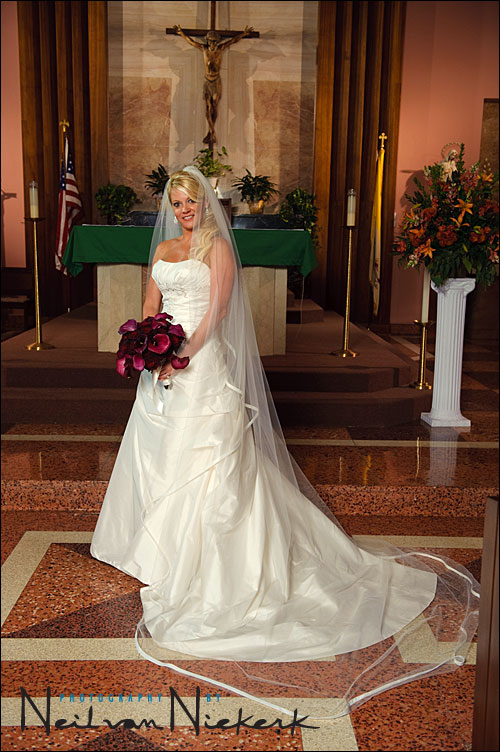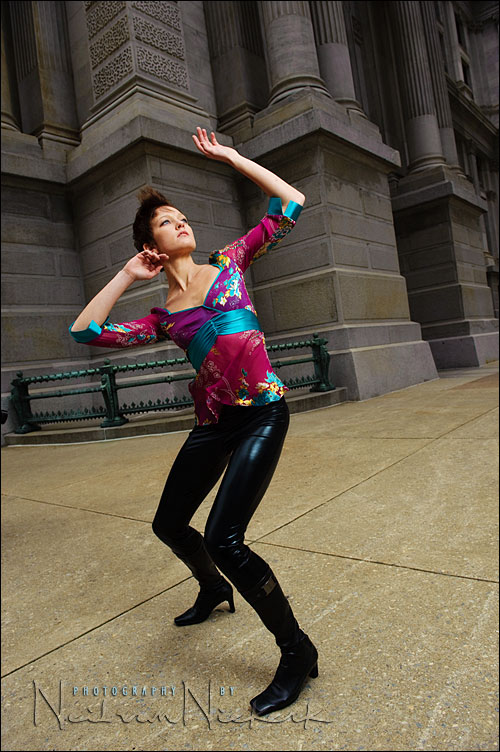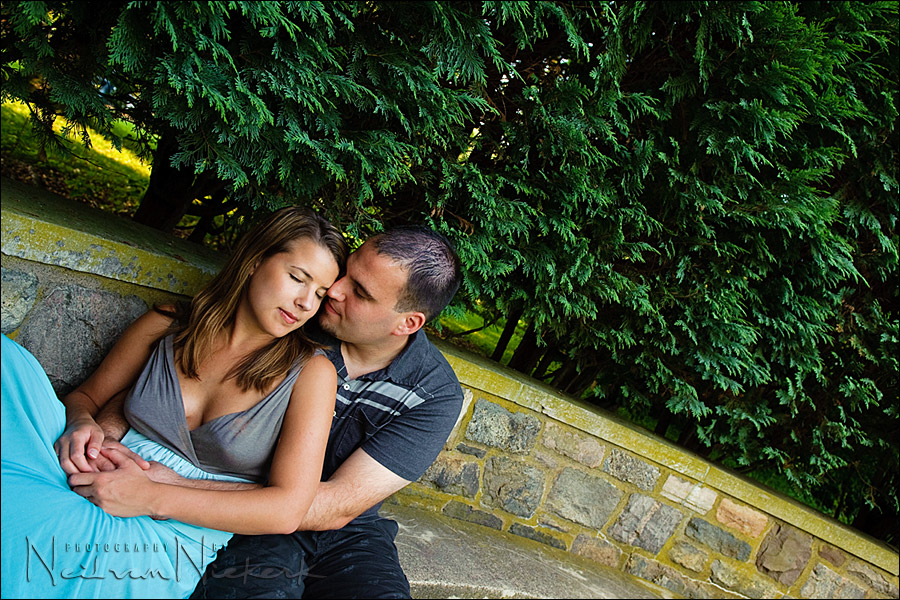photography tip: using a zoom lens
photography tip: using a zoom lens
It was a busy weekend again, with a wedding and a portrait session on Sunday. From the photo session on Sunday, here's my favorite image of the day. I just love the way the background appears in this photograph. The bokeh of this lens is just wonderful. camera settings: 1/250th @ f4 @ 400 ISO The camera used was the Nikon D3, (B&H), and the lens was the 70-200mm f2.8 VR , (B&H). A telephoto zoom like this, or the Canon 70-200mm f2.8 IS, (B&H), is essential for this kind of portrait work. That image is typical of the Read more inside...here’s why I love off-camera lighting ..
why I love off-camera flash
There are a few reasons why I love off-camera lighting, and I want to show some images from a recent photo session with one of my couples, Jill & Mike, as an example. The main reason for me, is that you can have perfect lighting on your subject's face with much more freedom than if you just relied on the available light. I am usually quite particular about the backgrounds to my photos, where it is in my control. The backgrounds need to be complementary, or add something to the image. I have a preference for an out-of-focus background. The defocused Read more inside...using direct off-camera flash
using direct, bare (un-modified) off-camera flash
I had the opportunity to meet up with a fellow South African photographer, Jaco Fourie, who was visiting New York for a few days. I knew Jaco's work from some of the forums that he posts on, and his work with flash was invariably quite impressive .. so I looked on this as a great opportunity to see another photographer work and learn from him. I arranged for two models, and we met up in Manhattan for these photo sessions. Jaco specifically wanted scenic views of Manhattan, and incorporate the model as part of the urban Read more inside...Bridal portraits with on-camera bounce flash
Bridal portraits with on-camera bounce flash
With the formal portraits of the bride & groom, and their families, I usually set up off-camera lighting. But I also try to bring in some variety to the portraits - and I shoot on-location portraits of the bride beforehand, just after prep. It's a good idea to get as much done as you can, earlier on in the day - just in case the time-line gets compressed and things don't quite follow the original plan. You'll be much happier then for having some solid portraits in your pocket. In this example, I wanted a few portraits of Michelle Read more inside...lighting the wedding formals (part 1)
lighting and photographing the wedding formals
With this, the first in a loose series on lighting and photographing the family formals at weddings, I would like to show that with a simple approach it is possible to get clean results that work every time. In lighting the formals, I don't try to get all Rembrandt, but prefer a fairly flat way of lighting everyone. I keep the lighting static for all the images, whether I am photographing one person or twenty. With time usually being a real constraint during the wedding day, there simply isn't the opportunity to play around too much Read more inside...recap: photography workshop – Philadelphia (2009)
recap: photography workshop - Philadelphia (2009)
One of the final workshops for 2009, was the one held in Philadelphia in the prestigious Ritz hotel! Working inside the hotel and the surrounding areas, provided us with some stunning backdrops while photographing our models. Still staying with the updated format with the flash photograph workshop, if I am guided by the response by those who attended, then the workshop once again appears to have been a hit. I had a great time as well, and I am sure there will be a few interesting photographs surfacing again. Thank you again to Read more inside...fill-flash .. or not
whether to use fill-flash, or not
With the recent video clip where I showed some of how I work with a couple, during an outdoor photo session, several people commented on not seeing my flash go off every time I take the shot. And the question was, when do I decide to use fill-flash and when not. With the image at the top, you could see my flash firing during this sequence in the video clip. The light falling on them wasn't even, although the light falling on Jen's face was even. So I felt I needed to use a touch of fill-flash. Here I had flash exposure compensation set to -5EV Read more inside...editing an image to simplify it
With this image from the workshop in Seattle, we were working outside the hotel and the city scene there wasn't all that hip and urban. It was visually quite cluttered. So when I wanted to use this image, my first thoughts were to simplify it a little since there is a LOT going on in the background that doesn't add to the image and just detracts from our model Julia. The leading lines of the cars, overhead train lines and the pavement all do help to give a more dynamic composition .. along with Julia's crazy body angles. But the image definitely needed some work. Here is the image Read more inside...
bounce flash vs video light
bounce flash vs video light
With the recent posts on using video light for stills photography, the question comes up why one would want to use video light over flash. Two of the main advantages are that you see exactly what you're going to get; and also that video light gives a certain dramatic quality. With video light the fall-off to the edges of the spot is fairly abrupt. But it is exactly this quality that lends itself so easily to giving you that dramatic lighting. With the photo at the top, I use bounce flash to light the model .. and the entire scene. That's the Read more inside...- « Previous Page
- 1
- …
- 16
- 17
- 18
- 19
- 20
- …
- 22
- Next Page »









